

Mid Fade vs Mid Taper styles of fades
Mid Fade vs Mid Taper styles of fades
Are you thinking about changing your hairstyle, and what if you opt for a mid-fade taper or a mid-taper? These are both fantastic and modern options, but they have distinctive characteristics that mark the difference. In this guide, we want to explore in depth what it involves, its advantages, and how to choose the one that best suits your style and face shape.

What is a Mid Fade Taper?
The mid-fade hair is a layer of hair where the degraded hair is placed on the middle of the head, generally in the head area, and it gradually fades to the top of the head. The term “fade” means “disappearance”, and in this case, the mid fade taper presents a smooth gradient that creates a clean and modern contrast.
Key Features of the Mid Fade Taper
- Degraded in the center of the head: The fade comes close to the middle of the coast, leaving the upper part longer.
- Smooth transition: The transition between the longer top and the fade is smooth, giving an elegant and clean look.
- Versatility: It works well with different styles of painting on the upper side, whether you prefer short or long styles on top.
Visual example: Imagine a haircut where the sides are trimmed at a medium level, without a harsh line, and the top is left longer to be styled in various ways.
What is a Mid-Taper?
The mid-taper is also a type of cut that involves a gradient, but with important differences with respect to the mid-fade taper. The main characteristic of the mid taper is that the gradient is at a higher level in the head, normally in the line of the seats or just at the beginning, and it goes down the road.
When choosing between a mid fade and a mid taper haircuts, it’s crucial to understand the differences in terms of style and maintenance. A mid fade offers a more gradual transition from short to long hair, while a mid taper provides a slightly more pronounced effect. Depending on your preferences and lifestyle, both styles can complement various hair textures and face shapes. Ultimately, the decision between a mid fade and a mid taper comes down to personal style and how much maintenance you are willing to commit to.
Key Features of the Mid Taper
- Degraded higher: Higher taper: The transition starts closer to the top of the sides, leaving the lower part wider.
- Minor contrast: The difference between the upper part and the lower part is more gradual, ideal for a more classic or conservative style.
- Complement for elegant styles: Perfect for formal dresses or for those who desire a more sober look.
Visual example: Imagine a haircut where the sides are trimmed at a medium level, without a harsh line, and the top is left longer to be styled in various ways.
Detailed Comparison: Mid Fade Taper vs. Mid Taper
| Aspect | Mid Fade Taper | Mid Taper |
| Beginning of the fade |
In the middle of the head, around the temples |
More soon, just before the end of his or her hair, along the line of the hair |
| Contrast |
Also, with the smooth and defined transition |
Smaller, more gradual, and subtle |
| Visual style |
Modern, fresco, with an atrevido hat |
Classic, elegant, for more formal or conservative looks |
|
Versatility |
Good for paintings with volume and bold styles |
Ideal for simple and formal styles |
|
Suitable for |
Personas con rose ovalado, cuadrado y redondo |
People who prefer a more sober and professional style |

What is the best option for you?
Choosing between a mid-fade taper and a mid-taper depends on various factors, such as the shape of your background, your lifestyle, and the image you want to project.
Factors to consider:
- Face shape
- Ovalado: These styles work very well, but they are your personal preference.
- Square: The mid-fade taper can follow the lines of the rose, but the mid-fader remains at the angles.
- Redondo: A mid-fade taper with a high gradient can create the illusion of greater length.
- Style of life
- If you want a more modern and attractive look, the mid-fade taper is ideal.
- For a more formal or classic style, the mid-taper could be better.
- Maintenance
- The mid-fade type requires more frequent feedback to maintain impeccable degradation.
- The mid taper will be easier to handle, especially if you don’t have a very weak mark.
Tips to light a Mid Fade Taper or Perfect Mid Taper
- Consult with your barber: The experience and the knowledge of the professional guarantee a course that results in all aspects.
- Use suitable products: To maintain the style, use gel, pomada where it helps to define the upper part.
- Maintain proper scalp care: Moisturize and clean adequately to avoid irritation, especially on the skin with blandness.
Examples of styles with Mid Fade Taper
- Corte con paindo hacia atrás: The mid fade taper creates a modern contrast with the painted hair at the same time, ideal for formal events.
- Painted disordered with texture: Perfect for a casual and youthful look, retaining the natural hair texture.
- Hard part design: Add shaved lines or patterns for a bold and personalized touch

Conclusion
Both the mid fade taper and the mid fade taper have versatile styles that can be adapted to different tastes and needs. The main difference is in the level of degradation and the visual contrast that is visible. If you have a modern style and a contemporary hat, the mid fade type is the ideal option. For other reasons, if you prefer a more classic and simple look, the mid taper will be your best choice.
Remember, the key to a great look is consulting a professional barber. No dudes, experiment and encounter the look that most favors you!
List to renovate your style? Let’s see a mid-fade taper or a mid-taper! Your new look is waiting — go for it!
FAQs: Mid Fade Taper vs Mid Taper
Q1. Which is better: a mid-fade or a mid-taper?
It depends on your style. A mid-fade gives a bolder, more modern look, while a mid-taper offers a clean, classic style suitable for professional environments.
Q2. How often should I maintain a mid-fade or taper haircut?
Mid fades typically require a touch-up every 2–3 weeks to stay sharp. Mid-tapers are lower maintenance and can go 3–4 weeks between cuts.
Q3. Can I style the top differently with a mid-fade and a mid-taper?
Yes. Both styles allow flexibility with the top—slicked back, textured, messy, or combed over, all work well.
Q4. Is a mid-fade good for round faces?
Yes, a mid-fade can create the illusion of length, helping to balance a round face. Tapers are also flattering, especially with volume on top.
Q5. What’s the main difference between a taper and a fade?
A fade blends down to the skin, creating a sharper contrast, while a taper fades more gradually without going completely skin-tight.
Moheen iftikhar




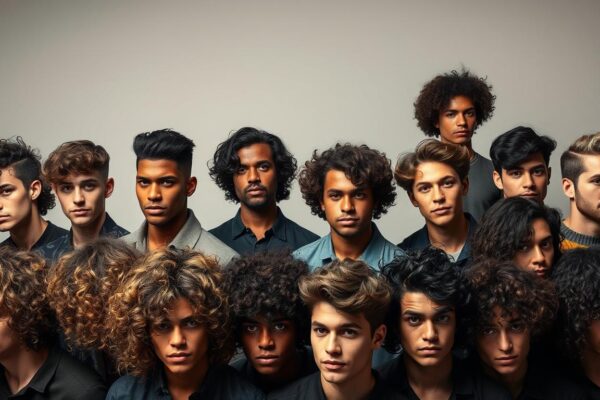




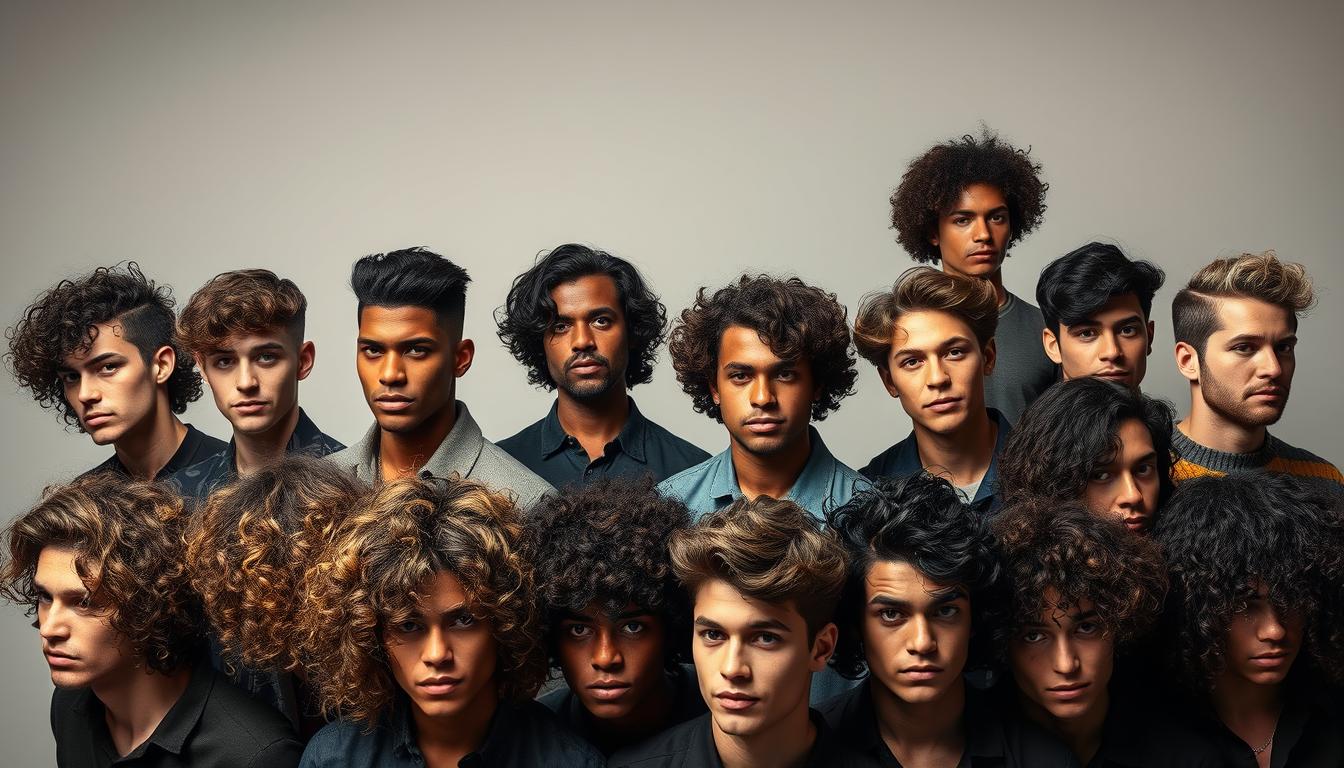
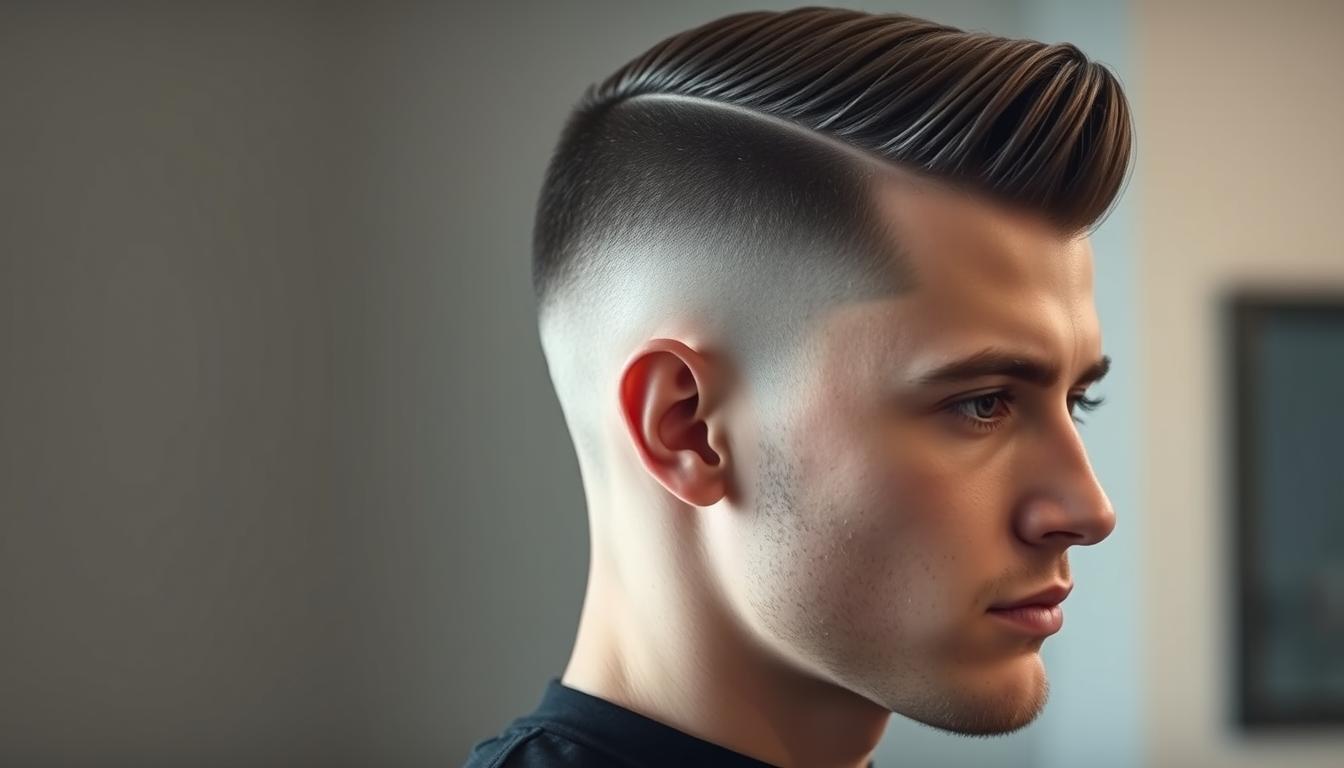
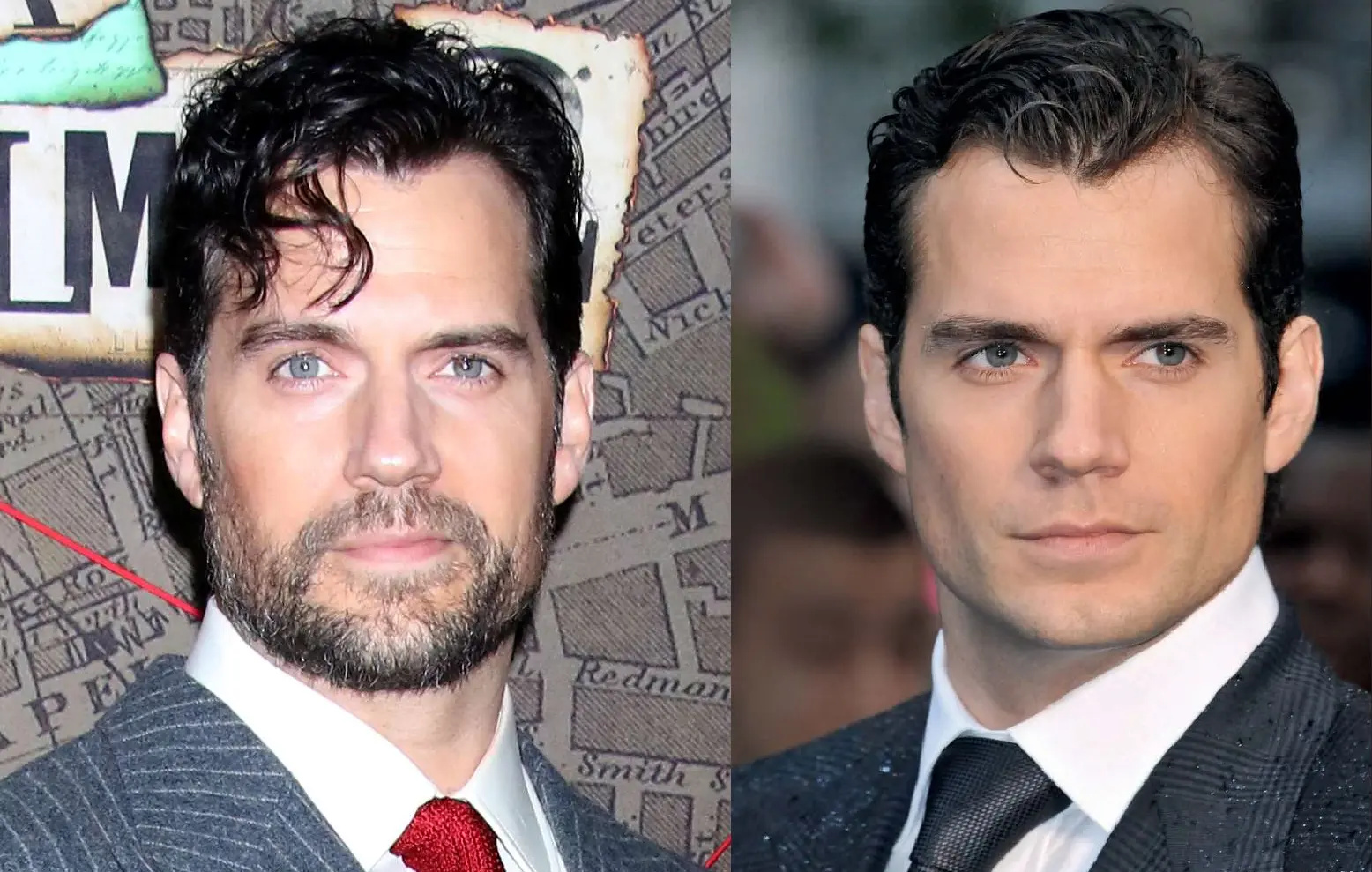
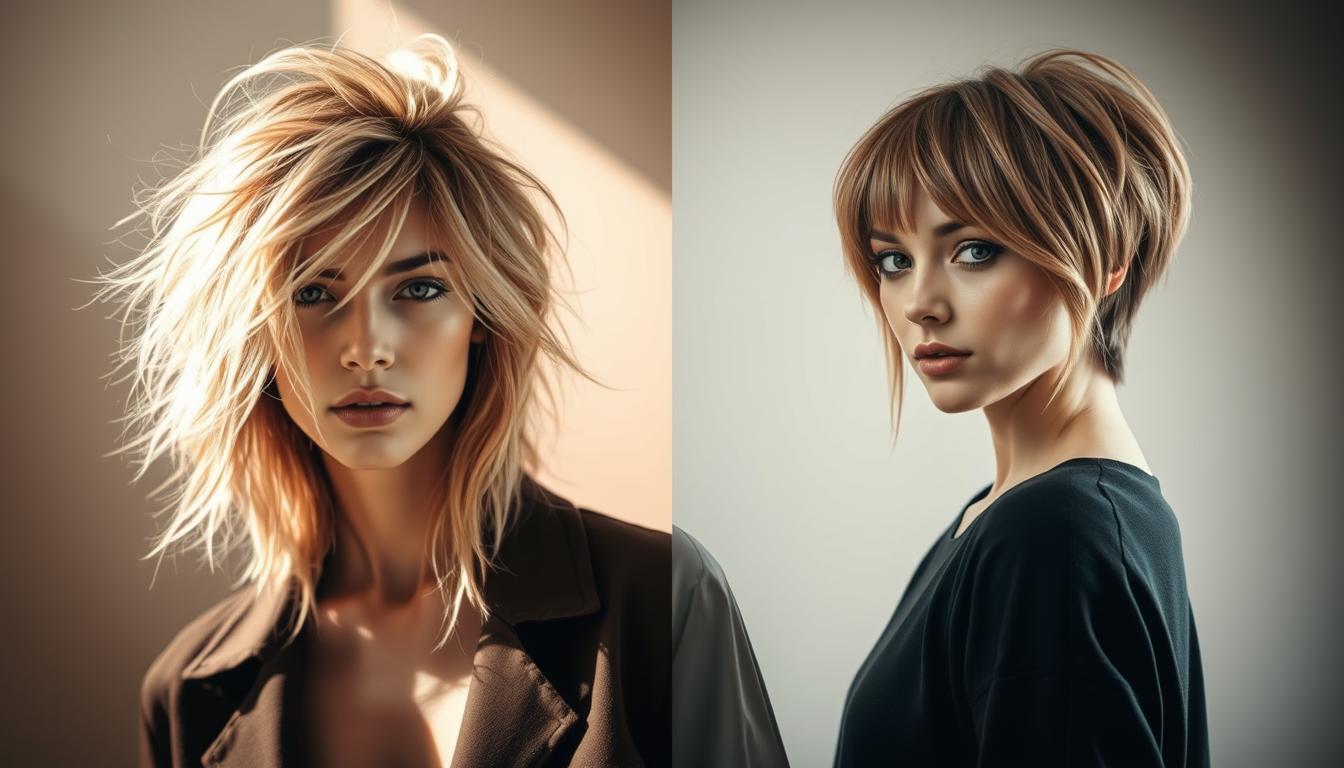
2 thoughts on “Mid Fade vs Mid Taper styles of fades”